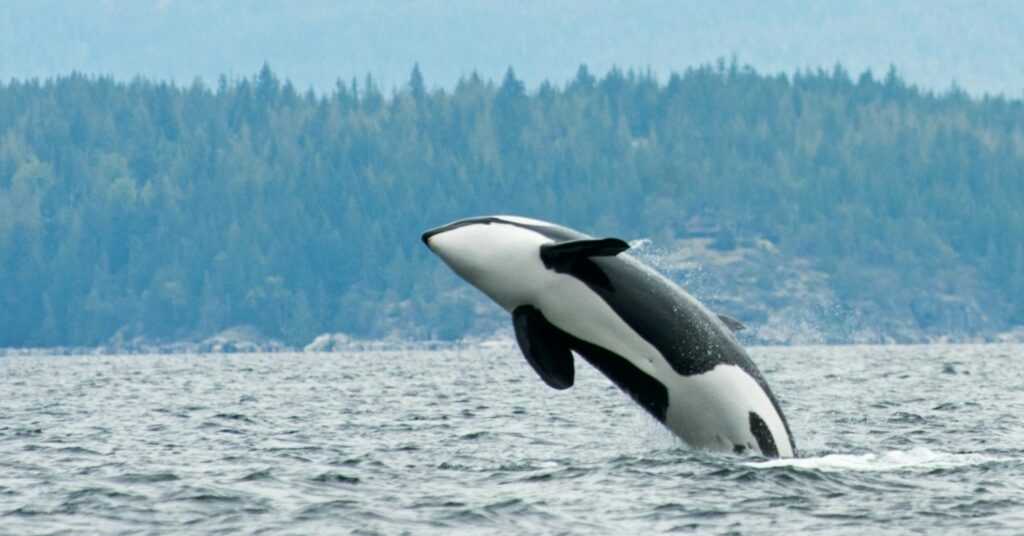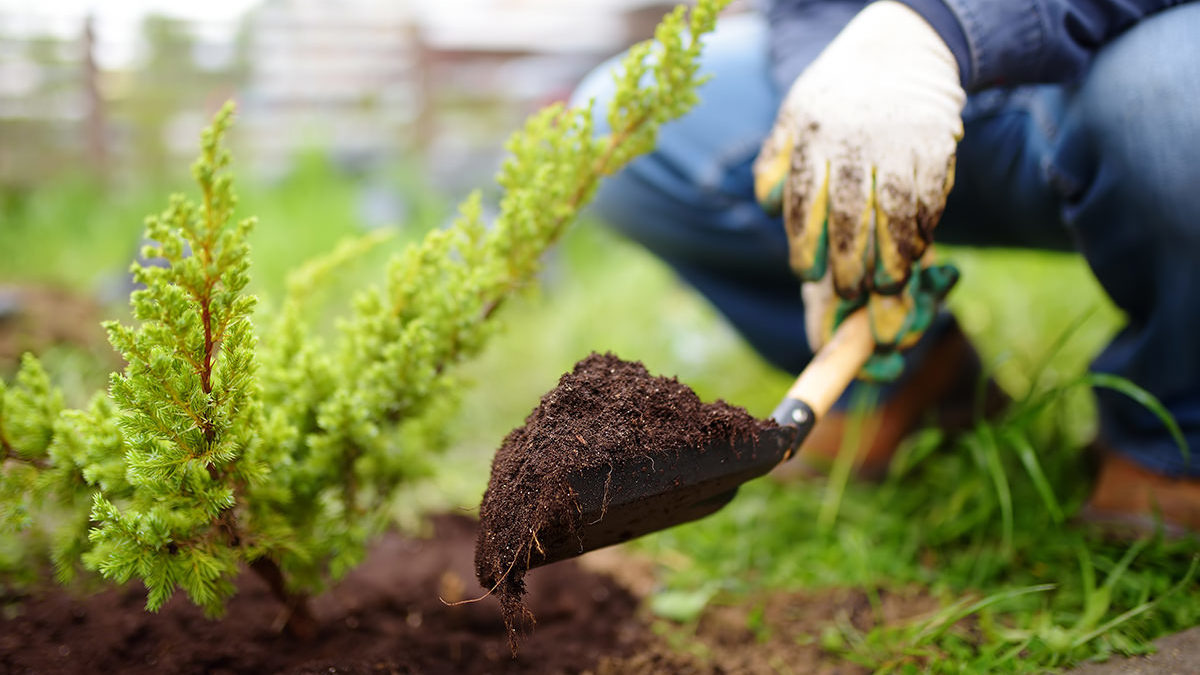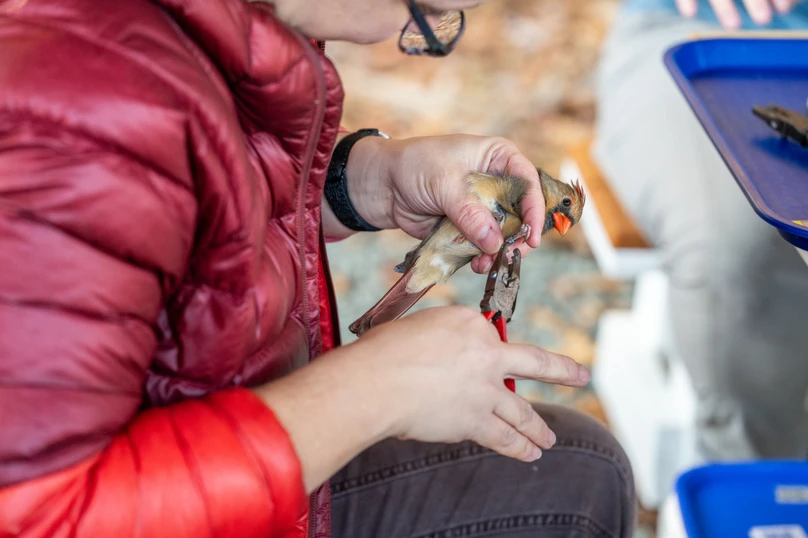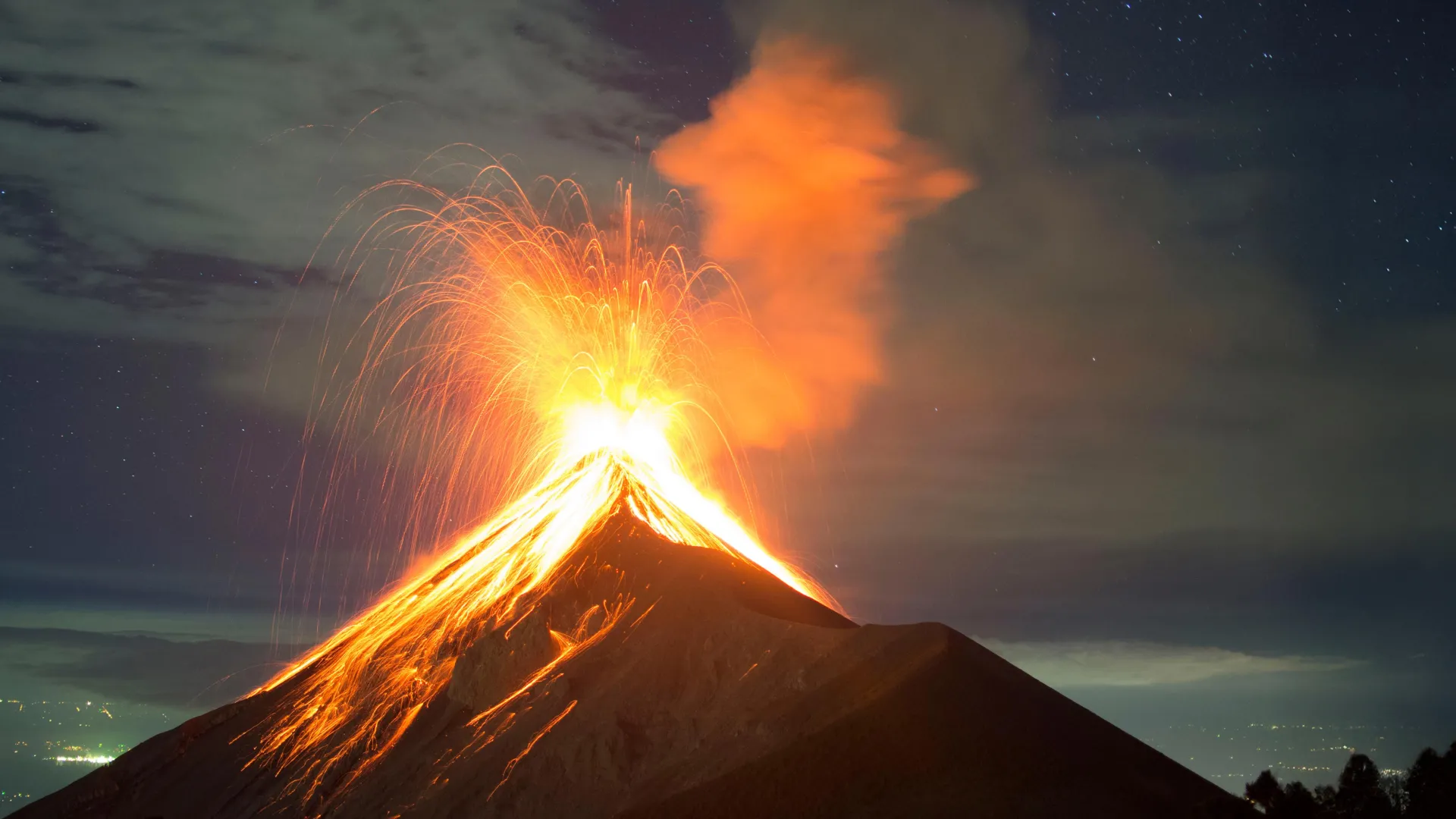PROTECT YOUR DNA WITH QUANTUM TECHNOLOGY
Orgo-Life the new way to the future Advertising by AdpathwayThis piece comes to us from the Wildlife Conservation Society (WCS). To honor Women’s History Month, WCS and Nature are sharing stories of nature and conservation.

Lisa demonstrating proper goat feeding technique at the Queens Zoo, 1972. Photo credit: Courtesy Lisa Eidlin.
Veterinary school. That was the direction every teacher, mentor and counselor pointed me toward whenever I stated I wanted a career working with animals. For years during high school and college, I worked toward that goal.
My path changed as I was talking with a veterinary client during a routine discharge at the cat hospital I was working at in New York City. She told me about an internship at a special breeding and research center the Wildlife Conservation Society (WCS) ran in Georgia. I applied for the internship and was on my way shortly thereafter.

Lisa flight training the first hand-reared Rodrigues fruit bat at the Bronx Zoo, 1998. Photo credit: Photo credit: WCS.
I worked with lots of ungulates that were scarcely represented in zoos, Nile lechwe, hartebeest, bontebok, lesser kudu, large critically endangered tortoises, a diverse hornbill and parrot collection, and lots of free ranging primates.
I learned many things about how I actually wanted to work with animals during that six-month internship. I discovered watching tortoises eat is meditative. I learned I had a talent for raising baby ungulates and most importantly I learned that instead of being a veterinarian, I’d rather be the person juggling all the moving pieces that made zoological animal care work. There were so many other ways I could work with animals.
Fast forward a couple of years. After working as a wild animal keeper at WCS’s Queens Zoo, I had the opportunity to transition to an animal care position in the veterinary hospital at the Bronx Zoo’s Wildlife Health Center. The progression of jobs that followed over the next decades allowed me to work with hundreds of species of all taxa.

Lisa feeding a bison calf, 2023. Photo credit: WCS.
I had the unique opportunity to be mentored by curators, collection managers, and supervisors in the animal departments. In turn, I mentored volunteers and staff, many of whom ironically went on to become veterinarians. I’m so grateful when these former colleagues tell me I’m still the voice in their head reminding them of how to assess an animal situation.
It was also important for me to be an active member of my professional organization, the Association of Zoo Veterinary Technicians (AZVT). I have learned from, and presented to, my peers. I’ve held many positions, including the organization Presidency.
Working with animals at the Wildlife Health Center is a constantly moving target. You see animals that are ill or otherwise compromised because they were part of an illegal confiscation. You see juvenile animals that have not been successfully raised by their parents and need daily assessment and reassessment to ensure they receive what they need to overcome those obstacles.

While animal care has been my primary focus, I have also helped to manage the complex veterinary medical facility. I became a subject matter resource for the veterinary department in endoscopy, compressed medical gases, and regulatory permits to name a few. I enjoy sharing all of my institutional knowledge with the team at the Wildlife Health Center, including the collection of non-traditional items I have saved over the years (yes, we do need to keep that huge bag of non-toxic packing peanuts in case another flamingo needs to be gently supported as part of their rehabilitation from a leg injury).
Working in the field with animals was something I didn’t think would ever be part of my career. So I was delighted and privileged to be able to assist with mass turtle confiscation emergency care efforts in both Madagascar and the Philippines. I’ve participated in education and cooperative community work at the boundaries of human and animal populations in both Australia, where I helped hand rear and rehabilitate fruit bats, and in Peru, where I worked on a census of Humboldt Penguins.
More than 30 years into my zoological career, I still smile when I see an animal eating and I’m even more grateful that I can continue to enrich their lives every day.
Lisa Eidlin is Assistant Director of the Zoological Health Program at WCS (Wildlife Conservation Society).























 English (US) ·
English (US) ·  French (CA) ·
French (CA) ·